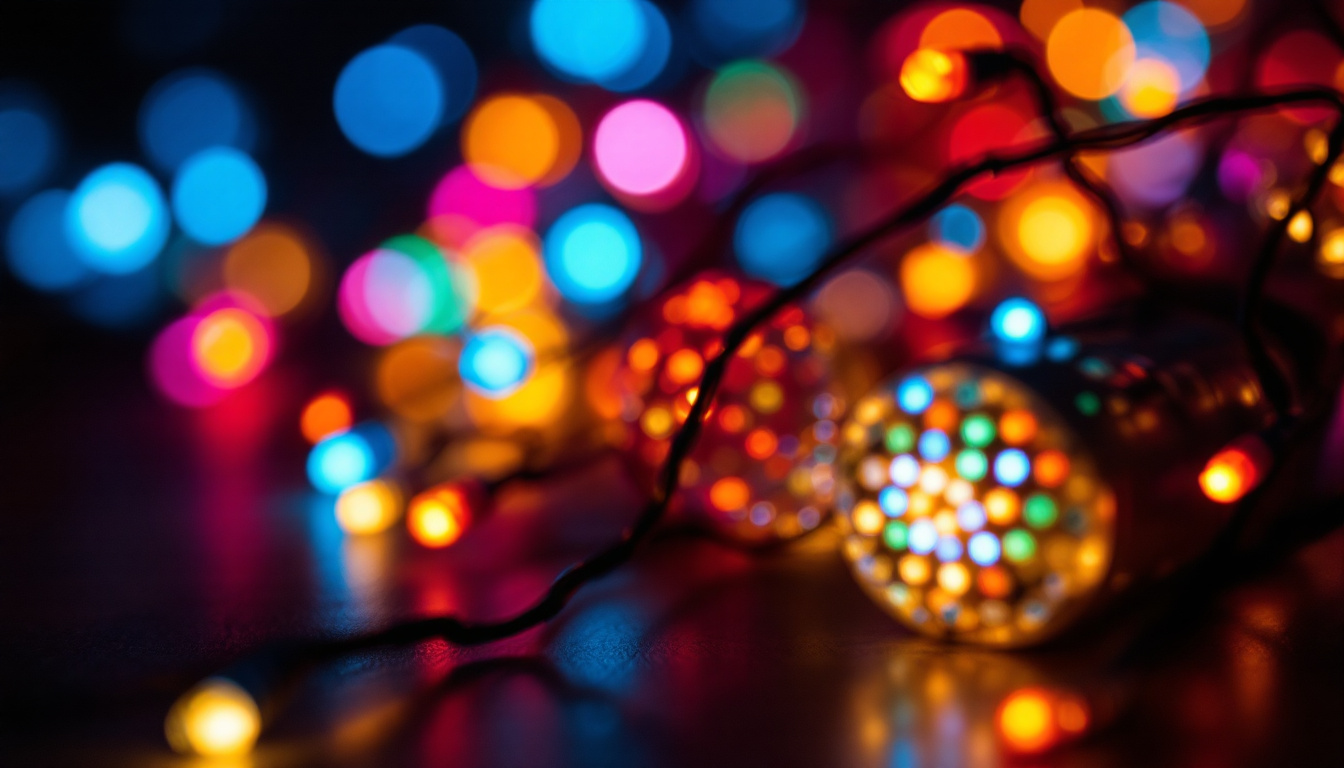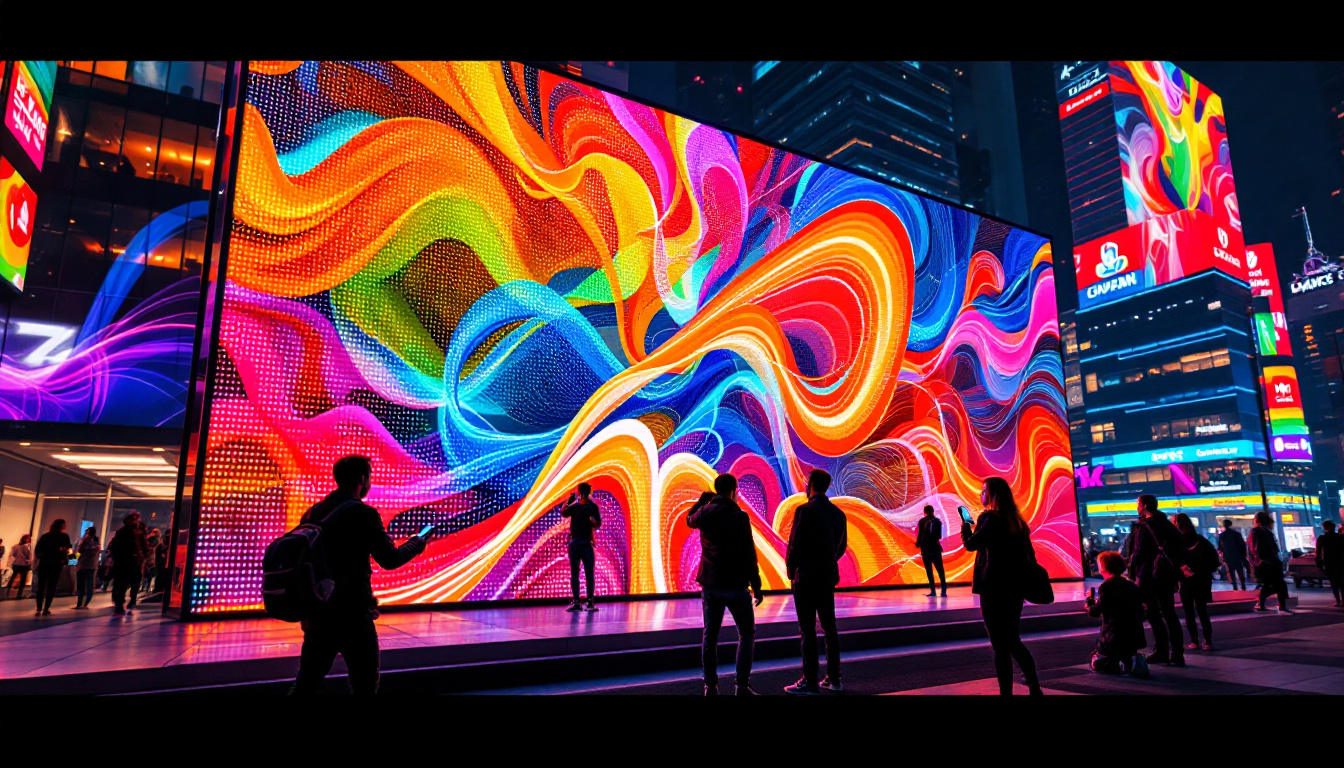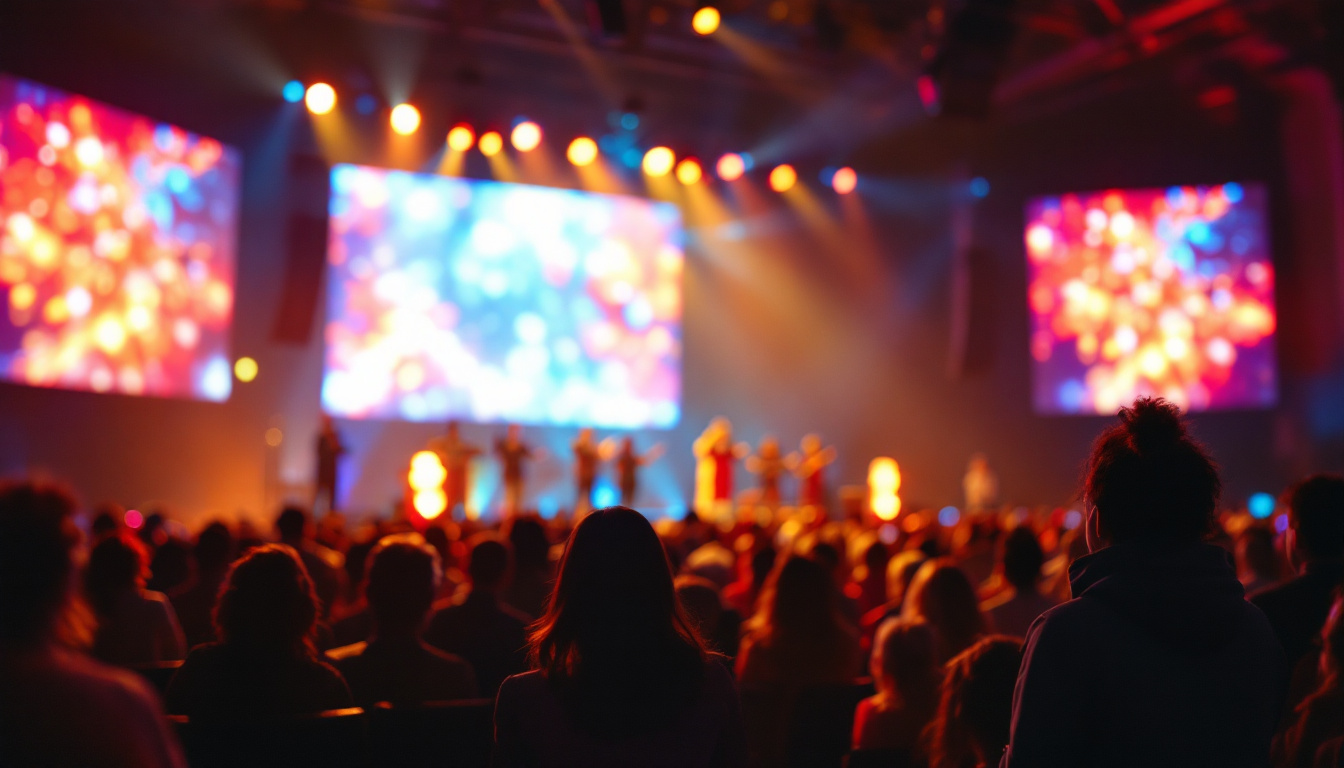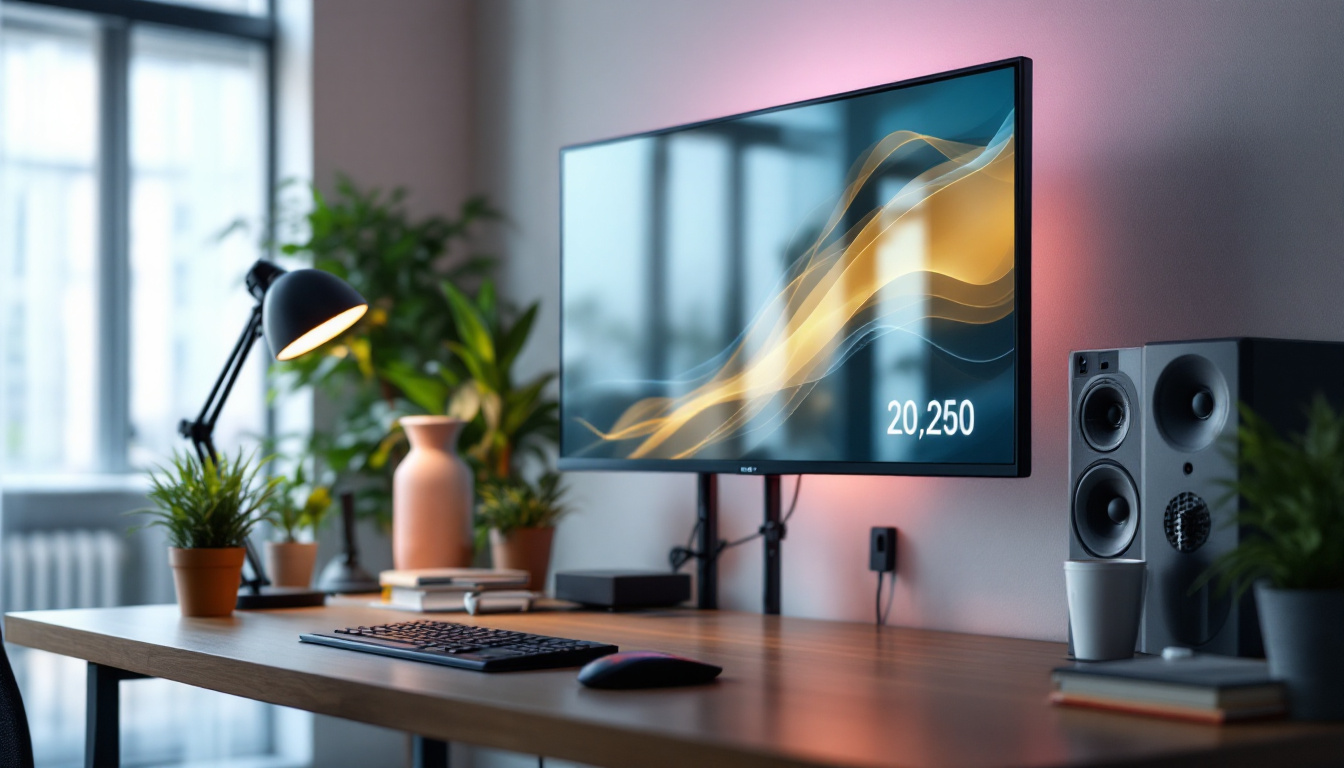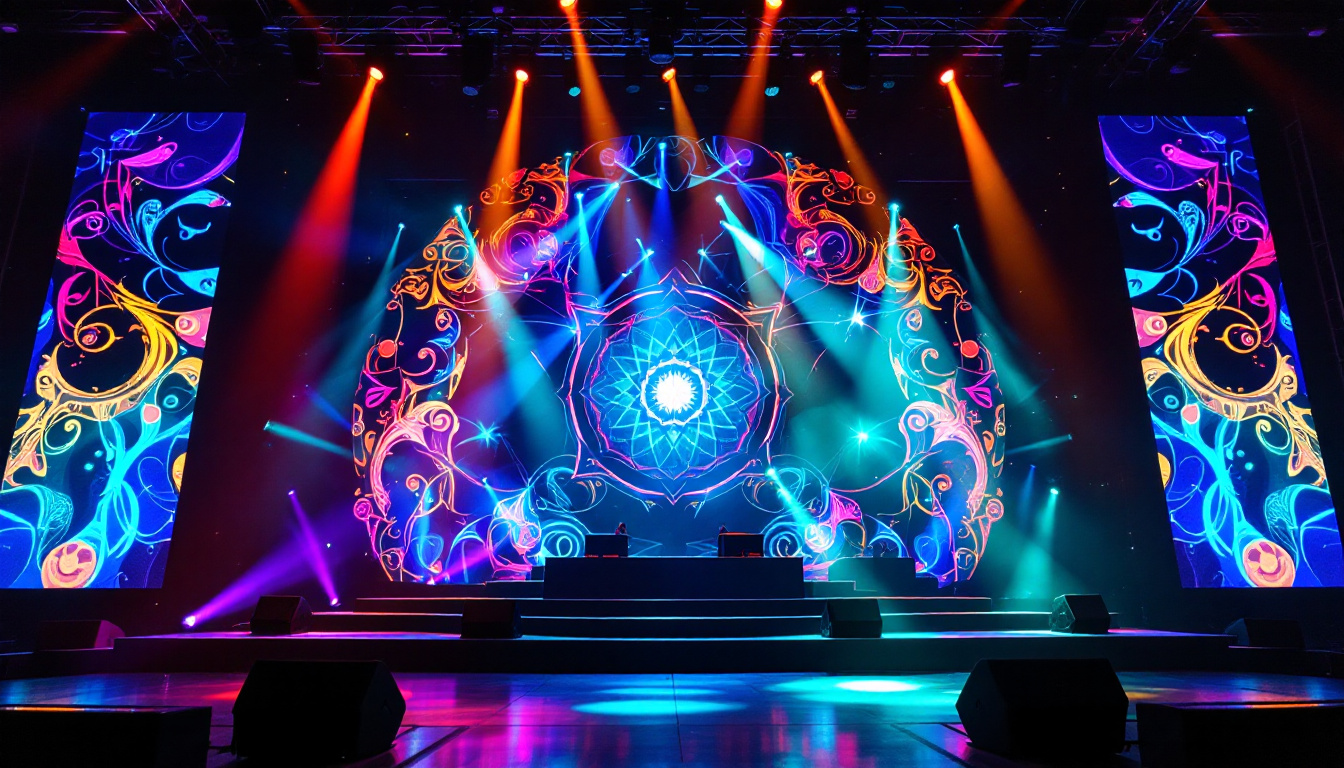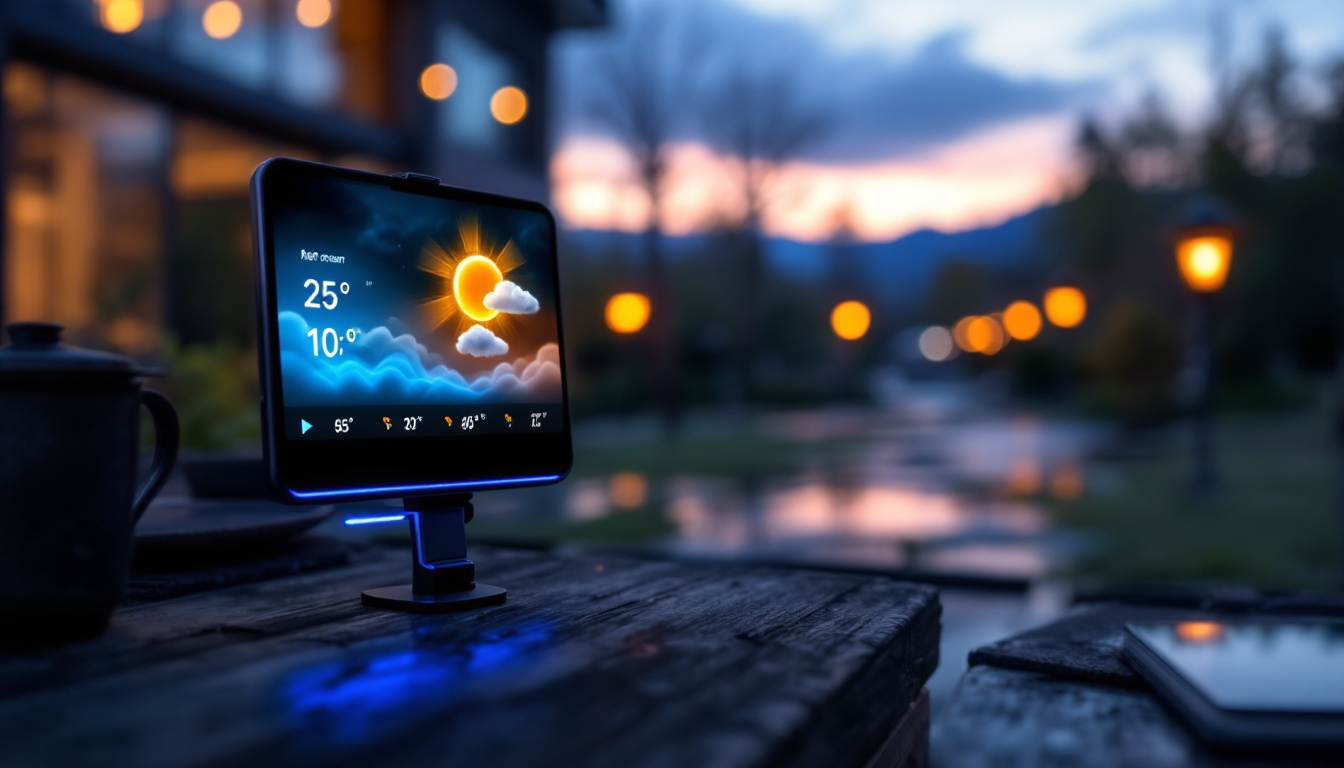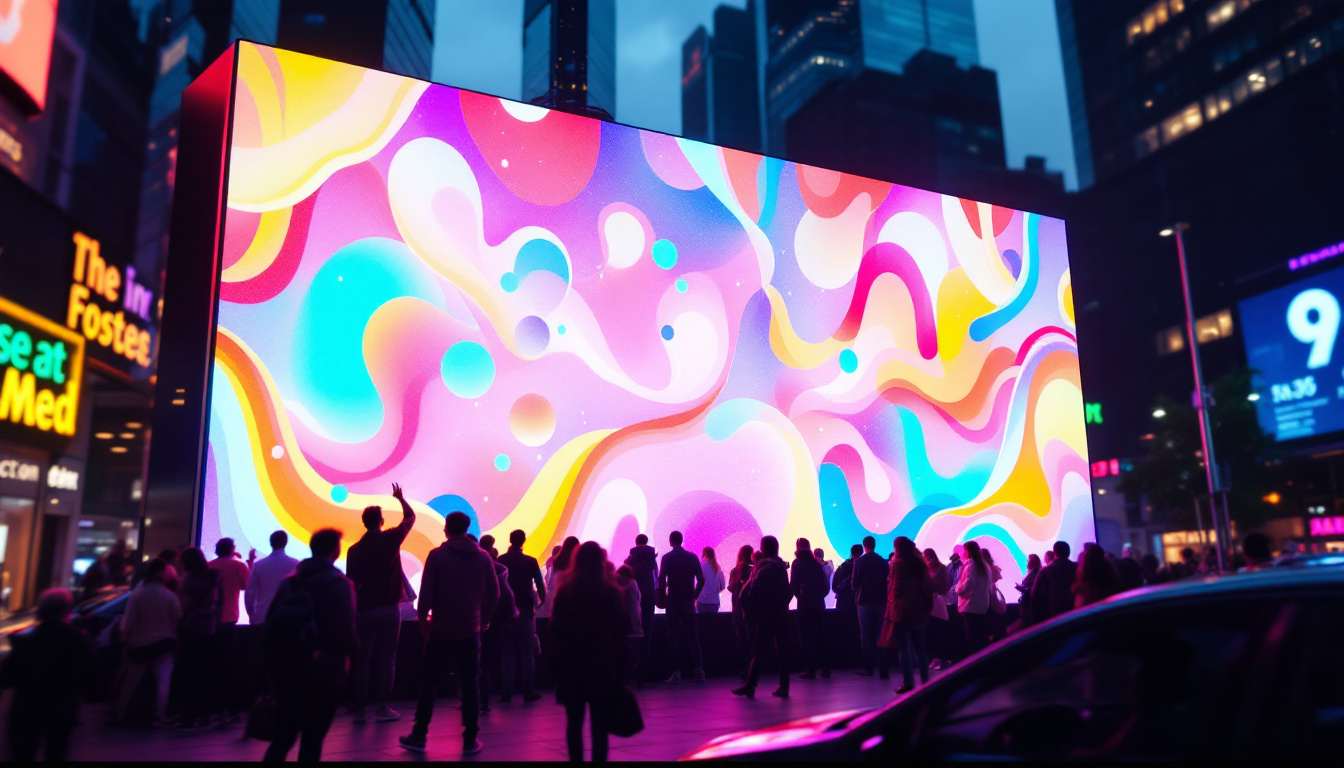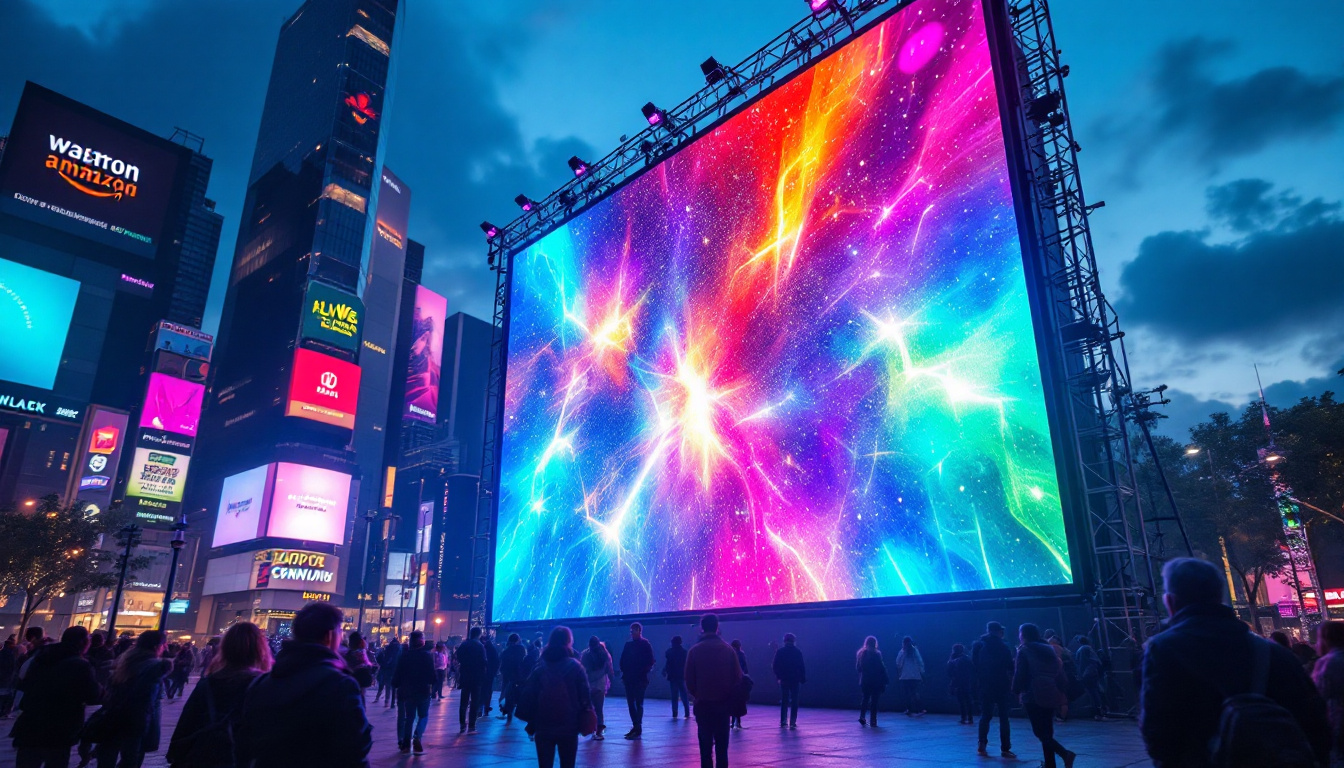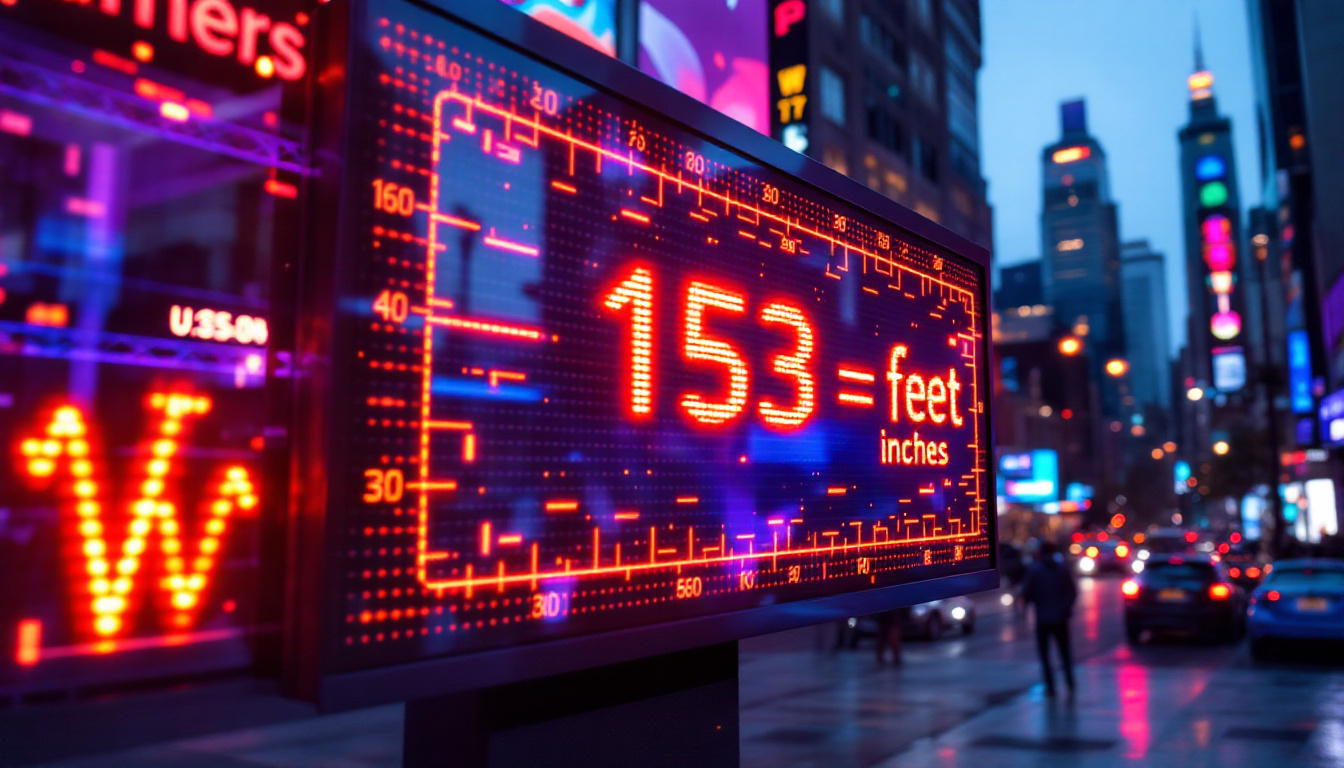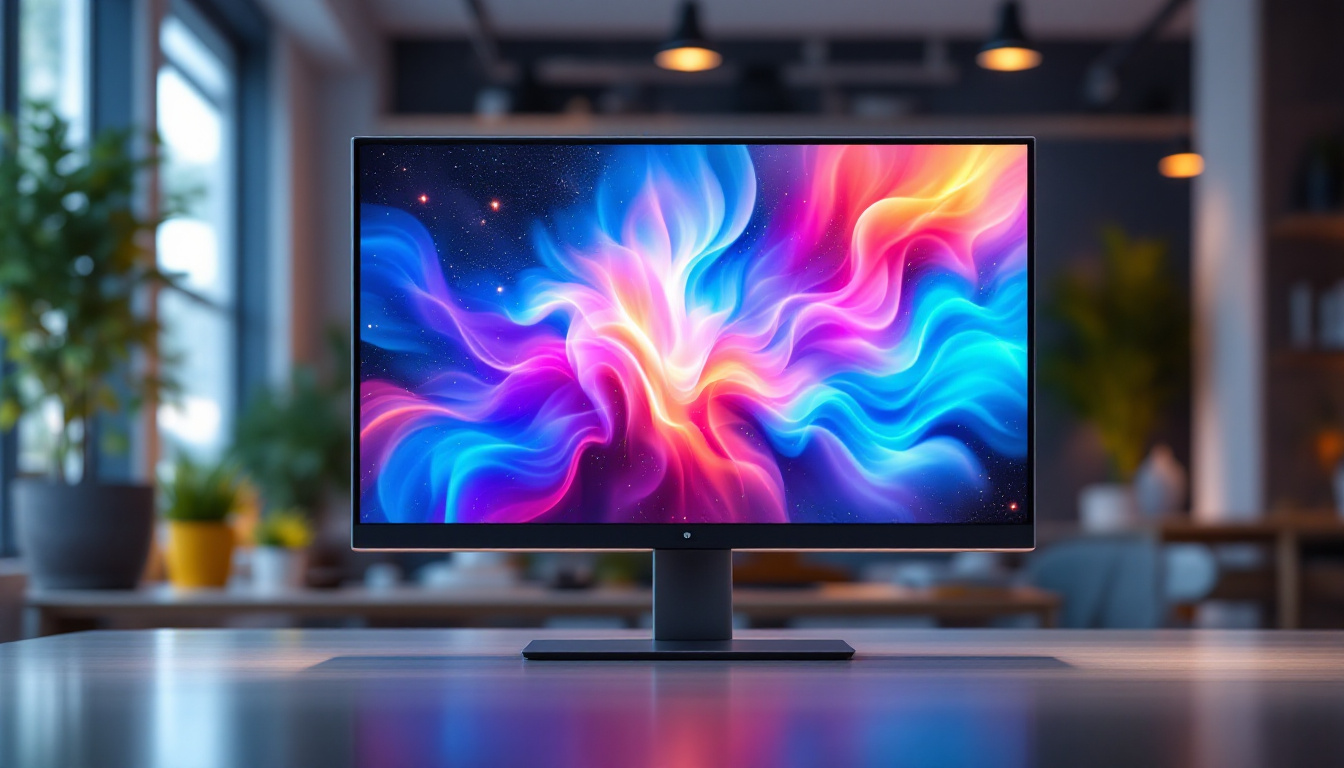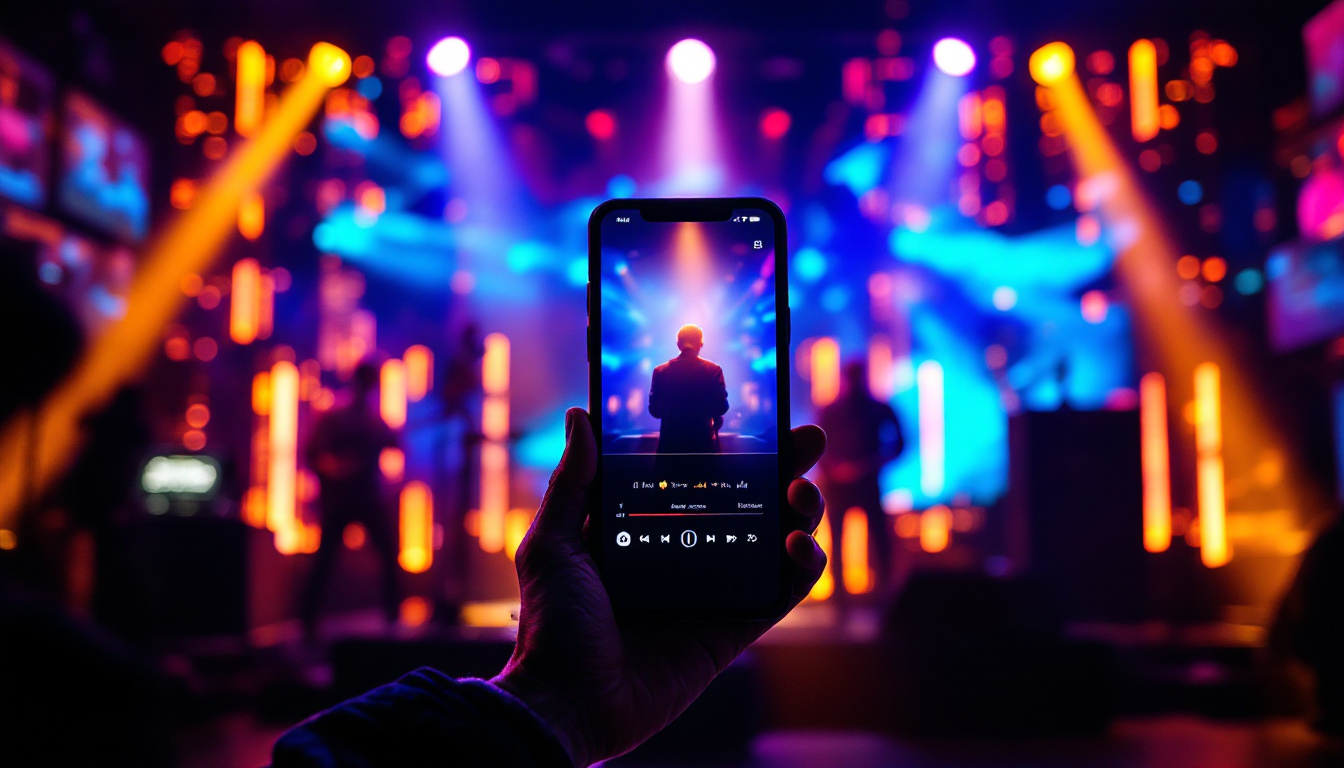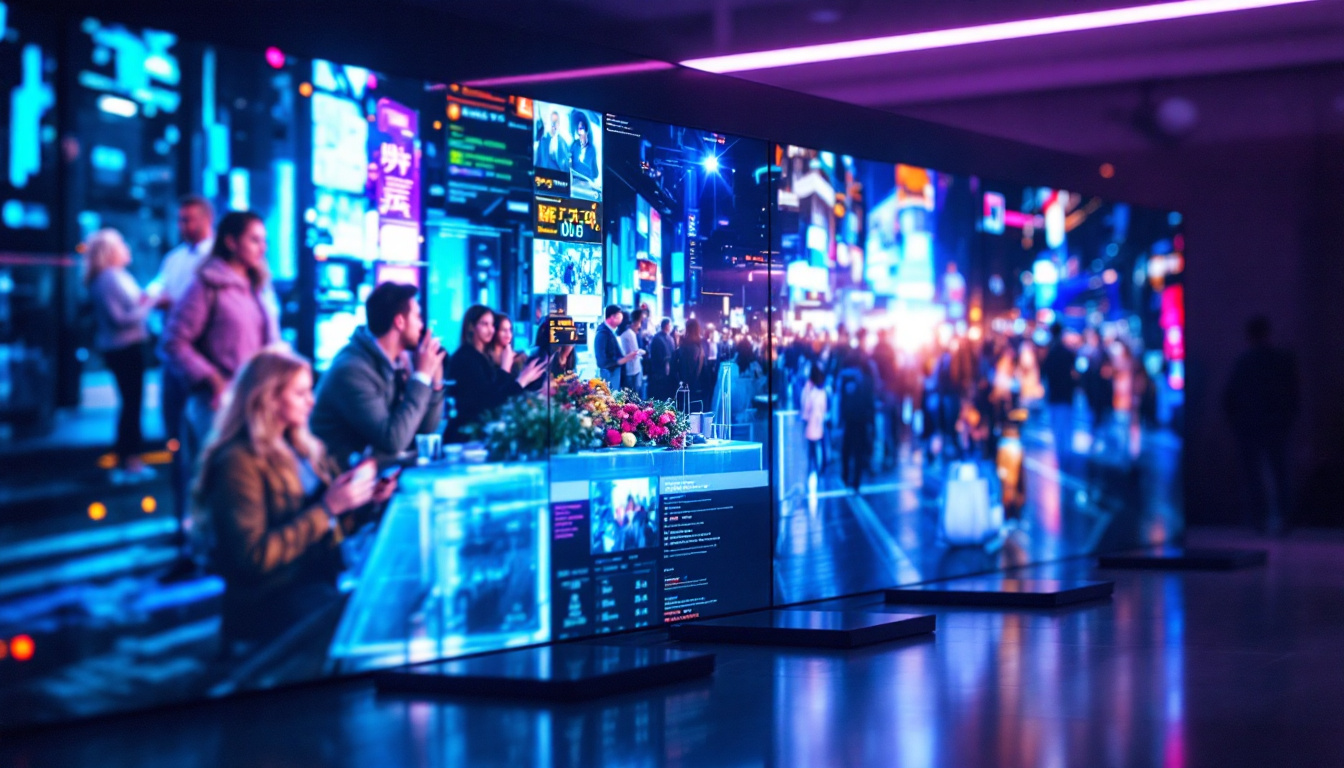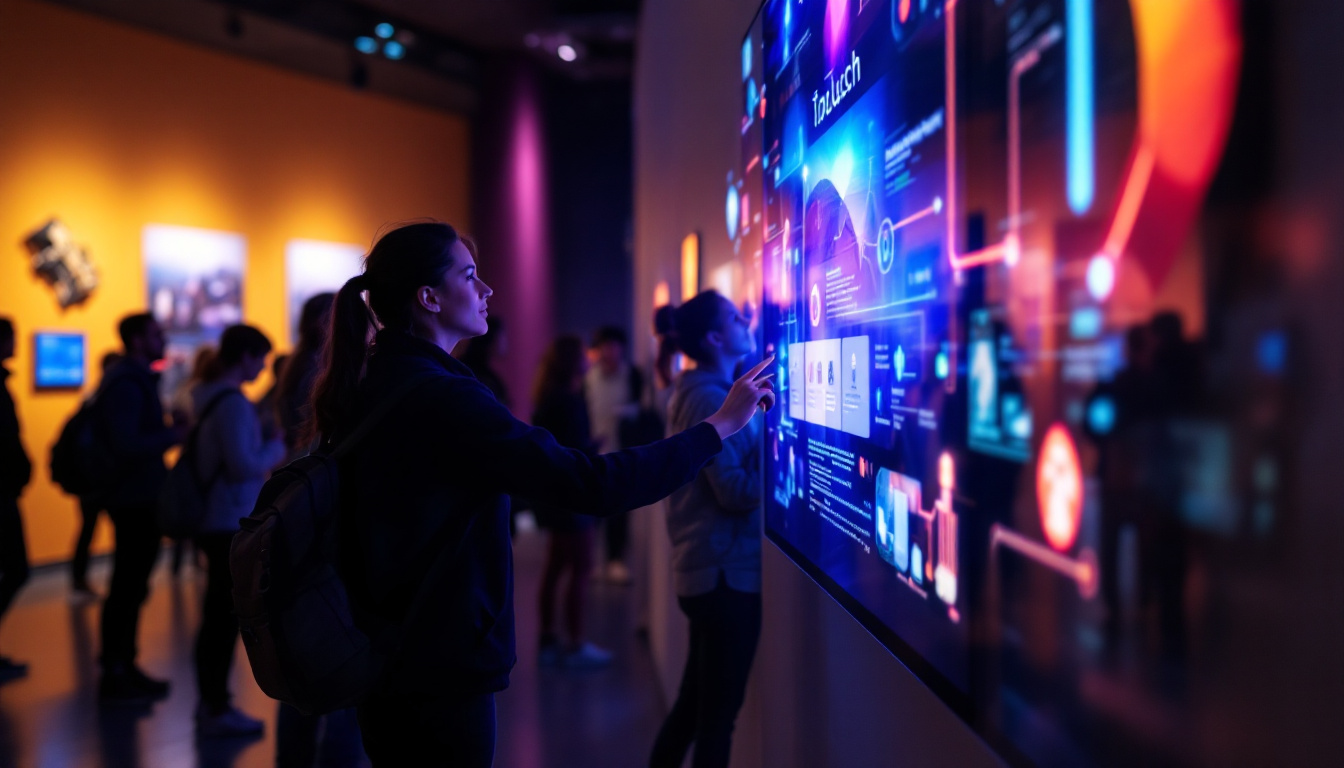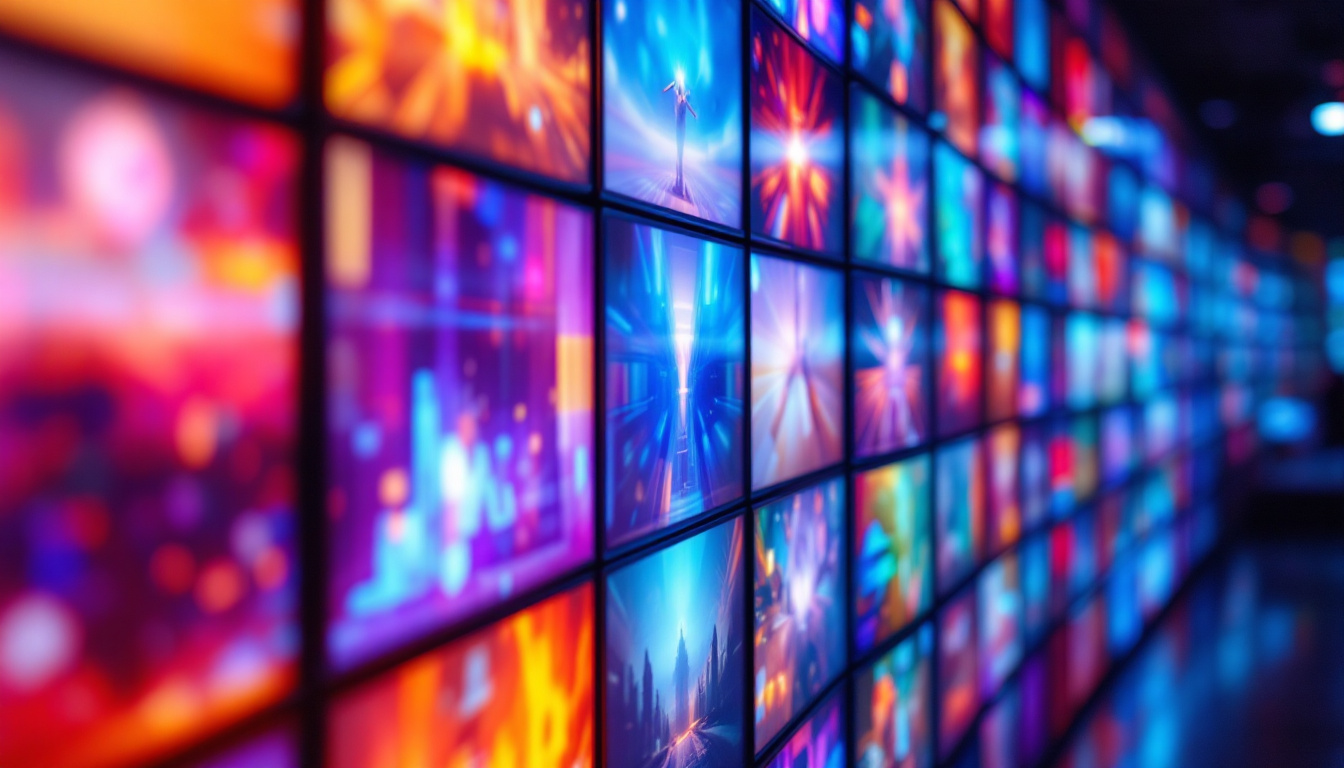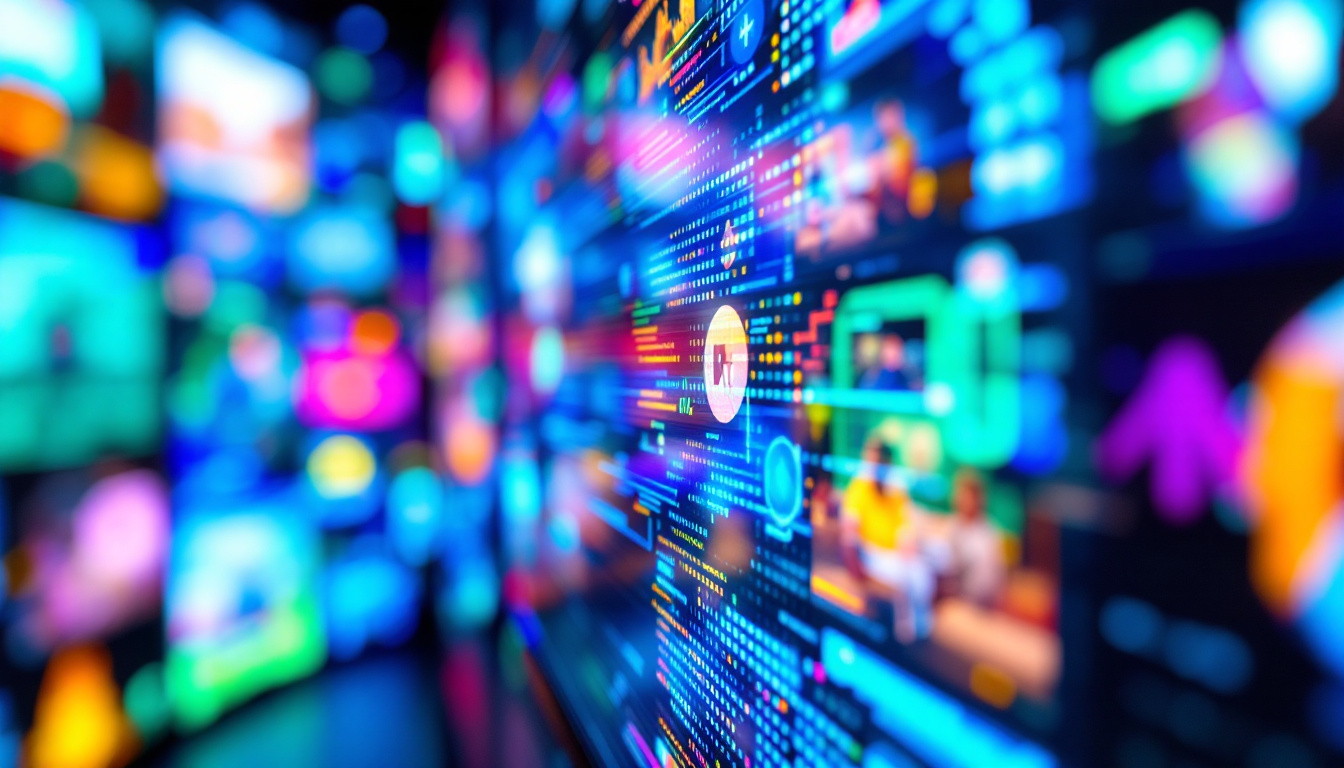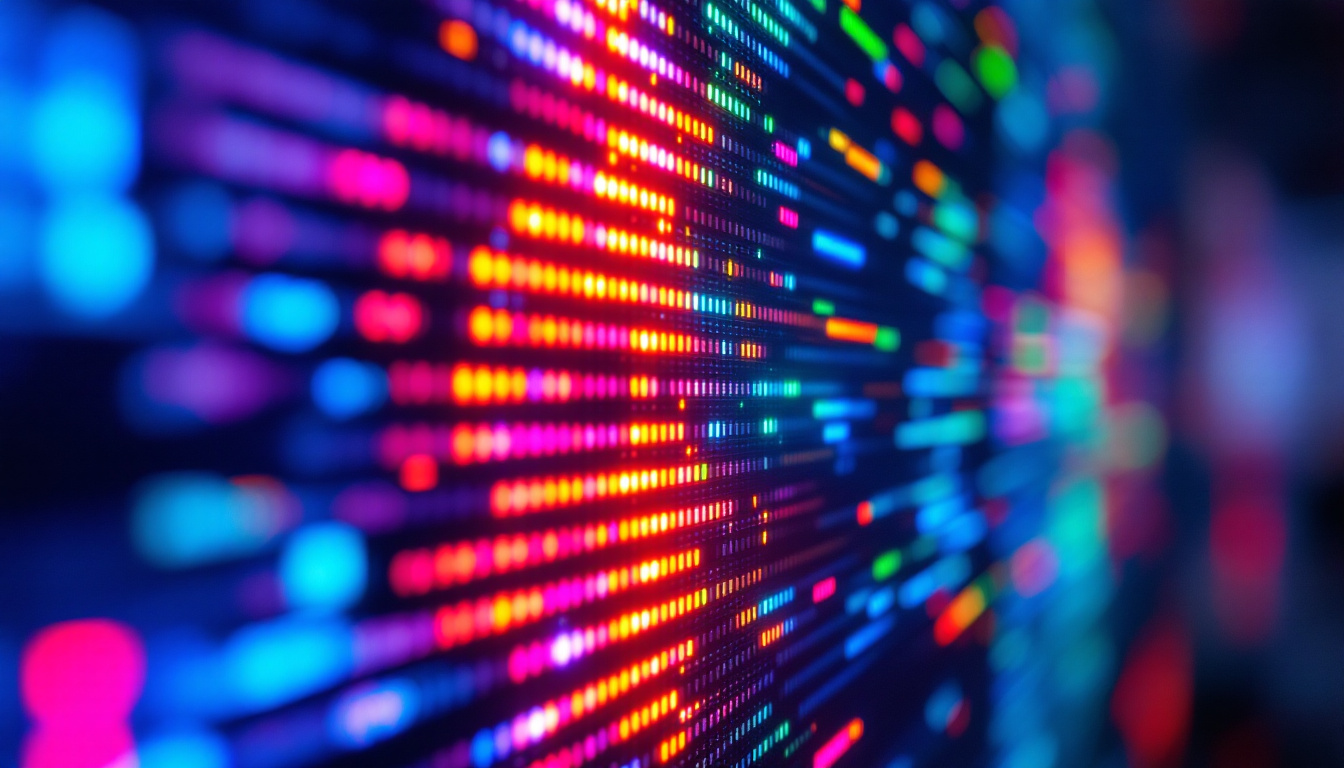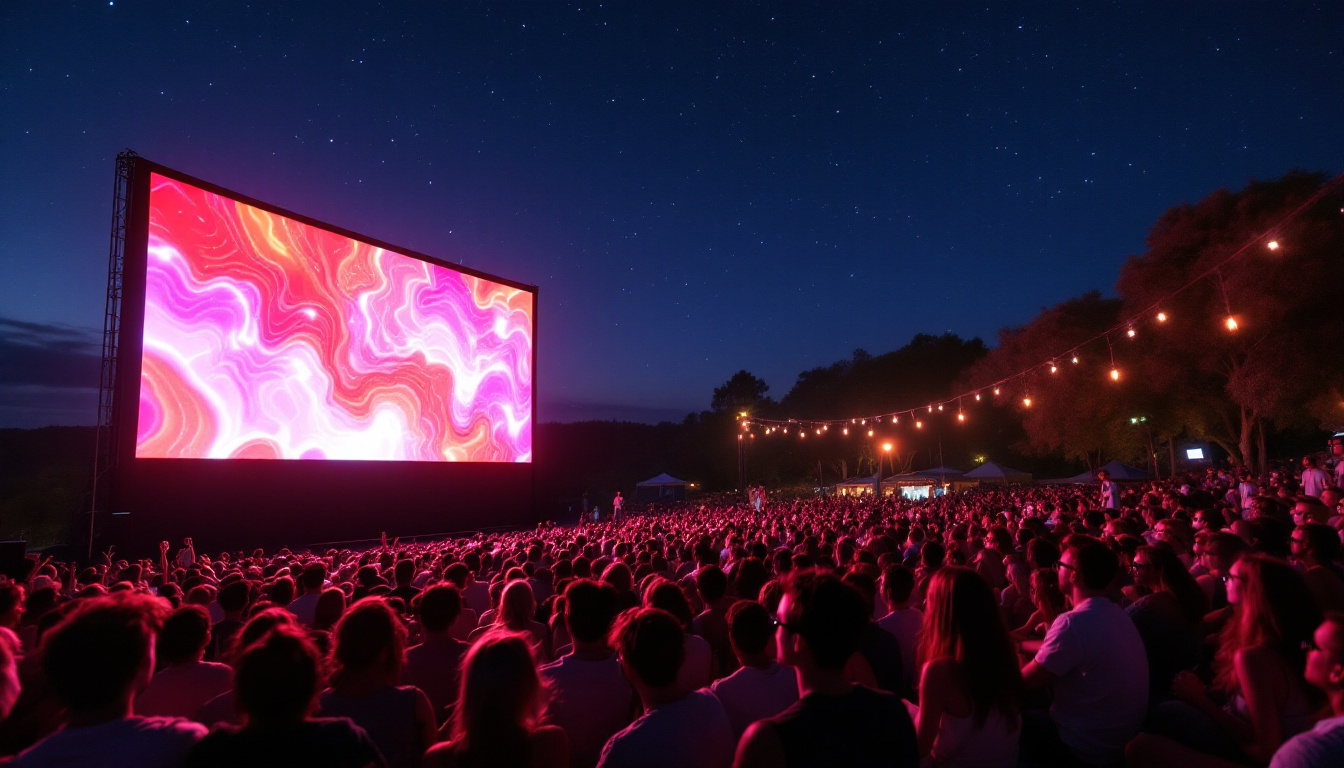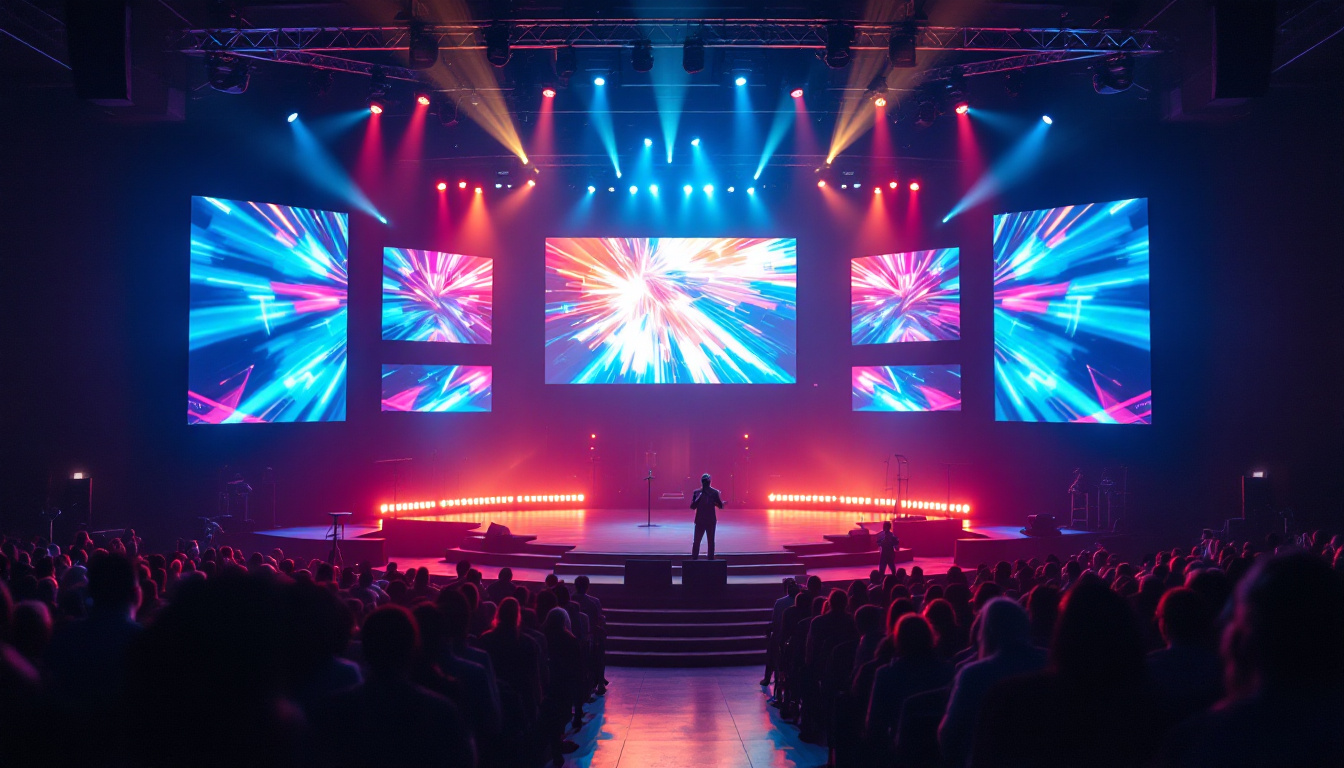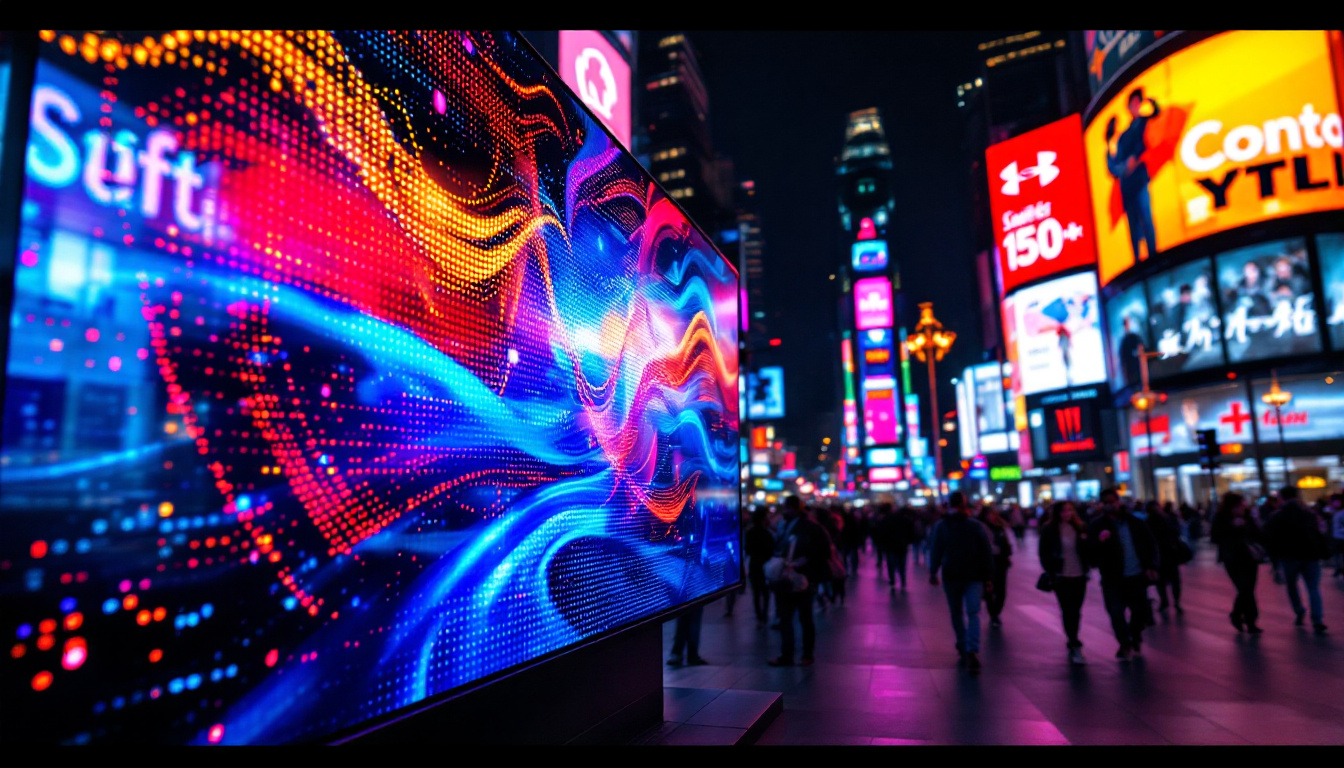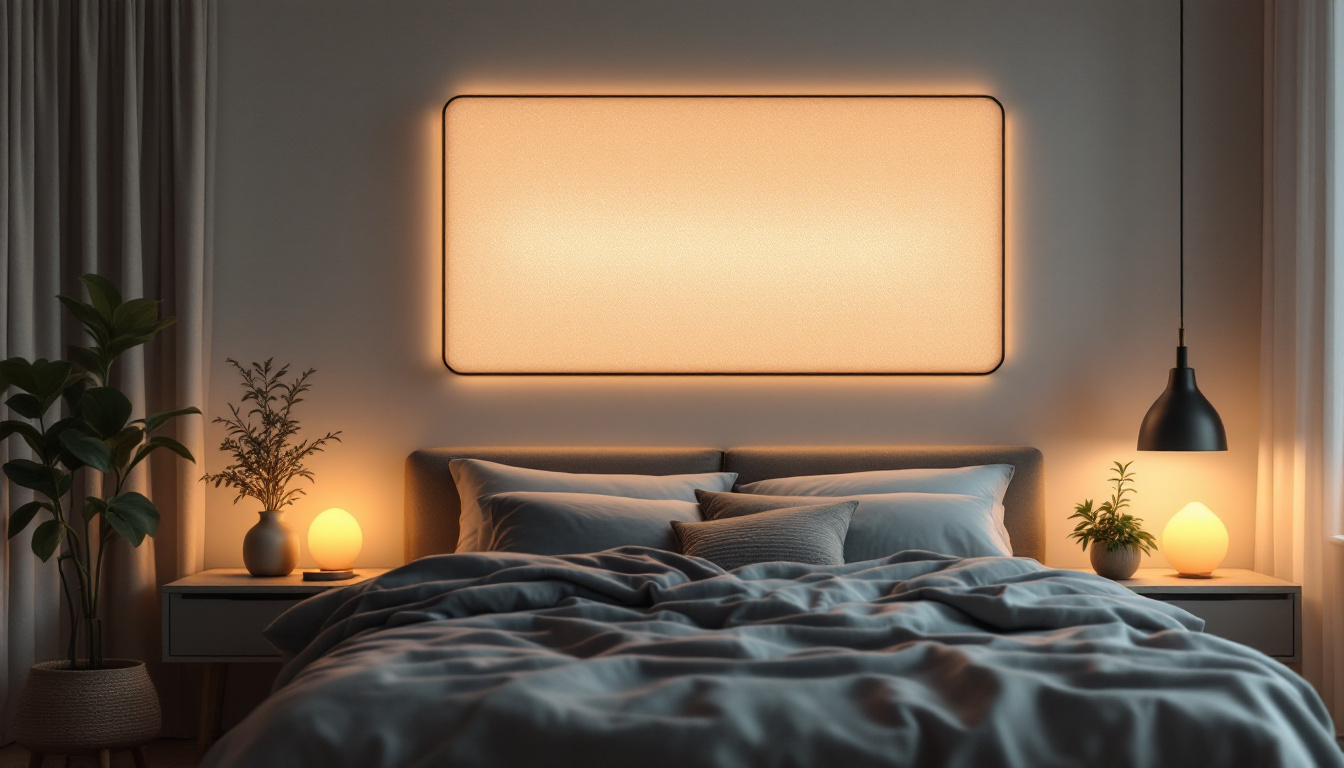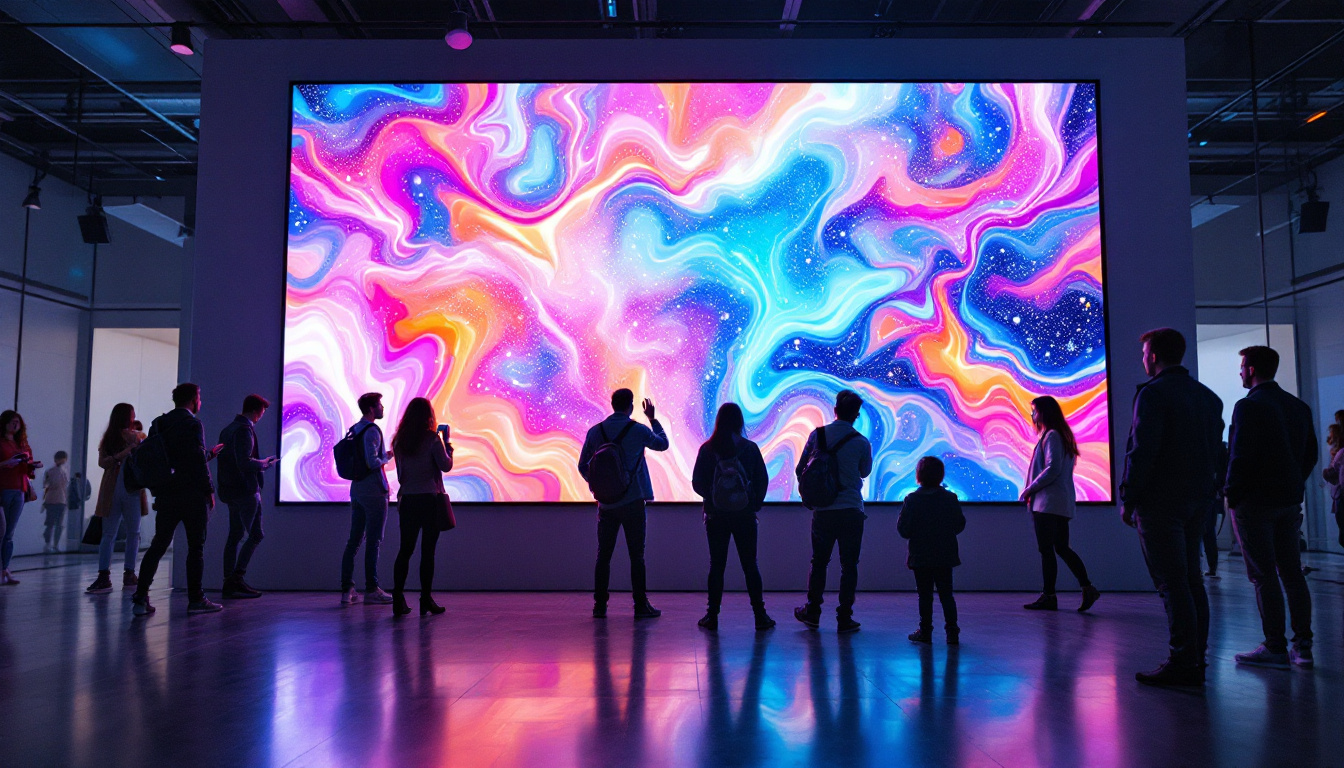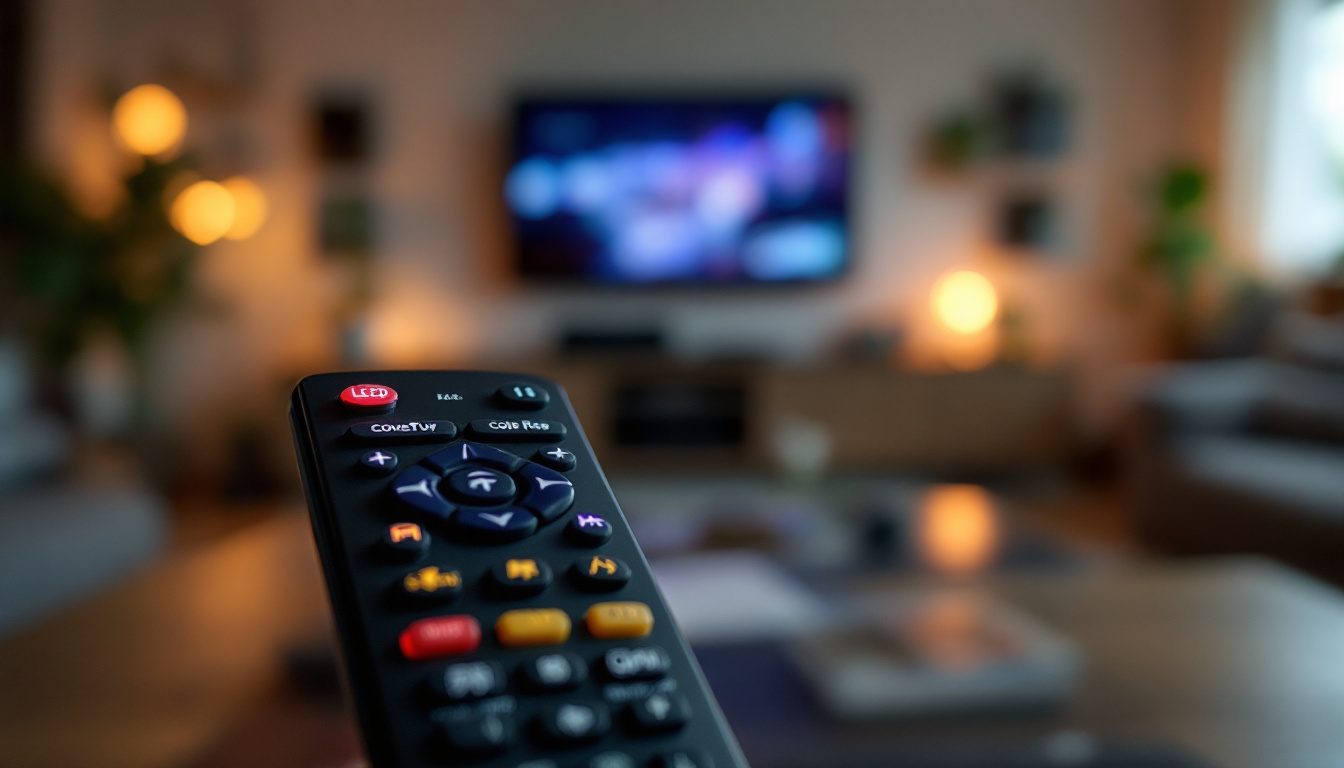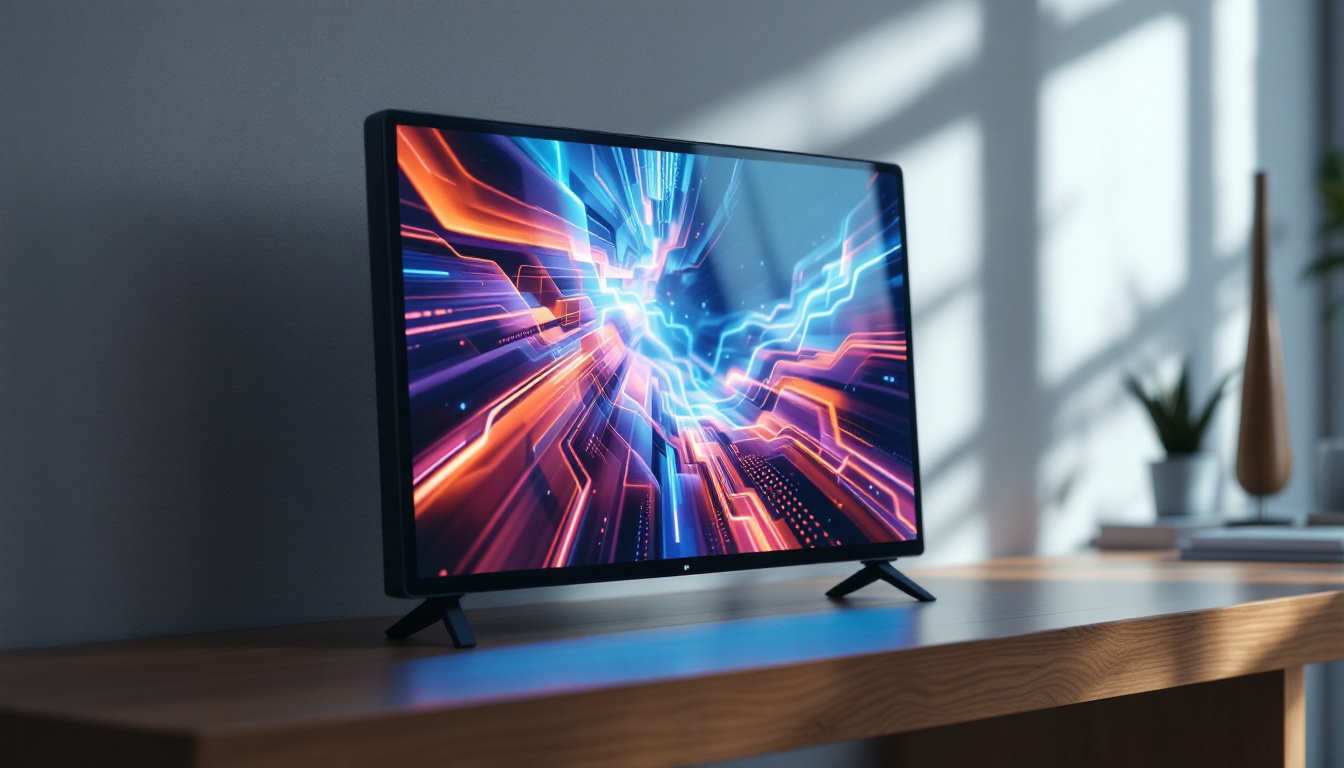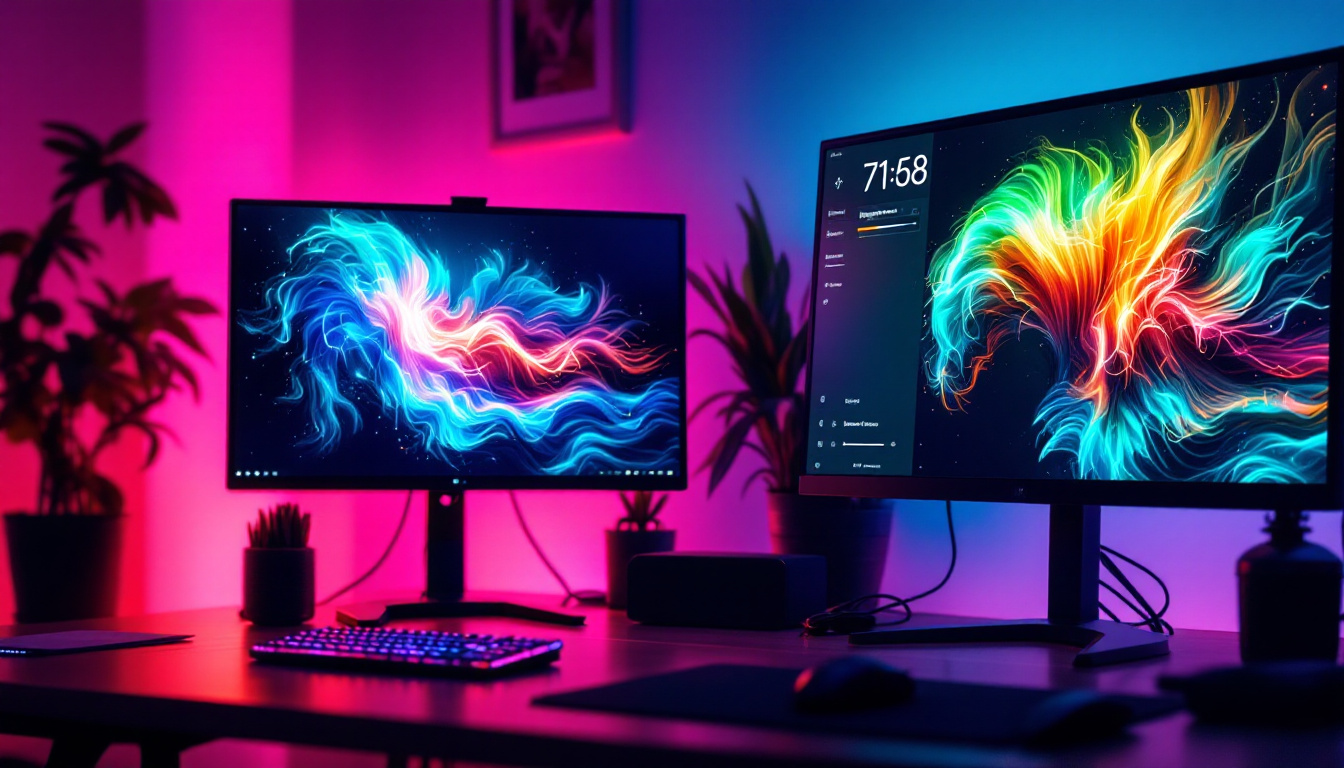In recent years, the use of LED technology has revolutionized the way we illuminate our spaces and convey information. Among the various applications of LEDs, bead lights have emerged as a popular choice for both decorative and functional purposes. This article delves into the intricacies of LED bead lights, exploring their design, functionality, and applications, while also addressing common questions and concerns.
Understanding LED Bead Lights
LED bead lights are small, often colorful light-emitting diodes that are encased in a protective housing. These lights are designed to be energy-efficient, long-lasting, and versatile, making them suitable for a wide range of applications. The term “bead” refers to the shape and size of the individual LED units, which can resemble small beads strung together in various configurations.
What Are LED Bead Lights?
LED bead lights consist of tiny semiconductor devices that emit light when an electric current passes through them. Unlike traditional incandescent bulbs, which produce light through heat, LEDs are much more efficient, converting a greater percentage of energy into visible light. This efficiency not only reduces energy consumption but also extends the lifespan of the lights, making them a cost-effective choice for consumers.
The construction of LED bead lights typically includes a chip that emits light, a lens that helps focus and diffuse the light, and a housing that protects the components. The variety of colors available in LED technology allows for creative applications, from vibrant displays to subtle ambient lighting.
How Do LED Bead Lights Work?
The operation of LED bead lights is based on a principle known as electroluminescence. When an electric current flows through the semiconductor material in the LED, it excites the atoms, causing them to release energy in the form of photons, which we perceive as light. The color of the light emitted depends on the materials used in the semiconductor and the energy bandgap of the material.
LED bead lights can be powered by various sources, including batteries, direct current (DC) power supplies, or alternating current (AC) systems. The versatility in power options makes them suitable for both indoor and outdoor use, as well as for temporary and permanent installations.
Applications of LED Bead Lights
LED bead lights have a wide range of applications across different industries and settings. Their adaptability and efficiency make them ideal for various uses, from decorative lighting to functional displays.
Decorative Lighting
One of the most popular uses of LED bead lights is in decorative lighting. They are commonly used for holiday decorations, event lighting, and ambient illumination in homes and commercial spaces. The ability to create intricate designs and patterns with LED bead lights allows for creative expression and enhances the aesthetic appeal of any environment.
For instance, LED bead lights can be used to outline architectural features, create stunning light displays for festivals, or simply add a warm glow to a living room. Their low heat output also makes them safe for use in close proximity to flammable materials, further expanding their decorative potential.
Signage and Advertising
In the realm of signage and advertising, LED bead lights have become a game-changer. Businesses utilize these lights to create eye-catching displays that attract customers’ attention. From illuminated signs to dynamic digital displays, LED technology allows for vibrant colors and animations that can convey messages effectively.
Moreover, the longevity and durability of LED bead lights mean that businesses can invest in signage that will last for years, reducing maintenance costs and ensuring consistent visibility. The flexibility in design also allows for customization, enabling businesses to tailor their displays to fit their branding and marketing strategies.
Event and Stage Lighting
In the entertainment industry, LED bead lights have transformed the way events are illuminated. They are commonly used in concerts, theater productions, and other live performances to create dynamic lighting effects. The ability to control the brightness, color, and timing of LED lights allows for intricate choreography that enhances the overall experience for the audience.
Additionally, LED bead lights are lightweight and easy to install, making them a practical choice for event organizers. Their energy efficiency also means that they can be run for extended periods without significant power consumption, which is a crucial factor in large-scale events.
Advantages of LED Bead Lights
The growing popularity of LED bead lights can be attributed to their numerous advantages over traditional lighting options. Understanding these benefits can help consumers make informed decisions when selecting lighting solutions.
Energy Efficiency
One of the most significant advantages of LED bead lights is their energy efficiency. Compared to incandescent or fluorescent lights, LEDs consume significantly less power while providing the same amount of brightness. This efficiency not only reduces electricity bills but also contributes to a lower carbon footprint, making LED bead lights an environmentally friendly choice.
Furthermore, the lower energy consumption translates to less heat generation, which can be particularly beneficial in settings where heat buildup is a concern. This characteristic also enhances the safety of LED bead lights, reducing the risk of overheating and fire hazards.
Longevity and Durability
LED bead lights are known for their impressive lifespan, often lasting tens of thousands of hours. This longevity means that consumers can enjoy consistent performance without the frequent need for replacements. In contrast, traditional bulbs may burn out quickly, leading to increased maintenance costs and inconvenience.
Additionally, LED technology is inherently more durable than traditional lighting options. LED bead lights are resistant to shock, vibration, and extreme temperatures, making them suitable for both indoor and outdoor applications. This durability ensures that they can withstand various environmental conditions without compromising performance.
Versatility and Customization
Another key advantage of LED bead lights is their versatility. They can be used in a wide range of applications, from decorative lighting to functional displays. The availability of different colors, sizes, and configurations allows consumers to customize their lighting solutions to fit specific needs and preferences.
Moreover, advancements in technology have led to the development of smart LED bead lights that can be controlled via mobile apps or voice commands. This level of customization and control enhances the user experience, allowing for dynamic lighting that can change according to mood or occasion.
Challenges and Considerations
While LED bead lights offer numerous benefits, there are also challenges and considerations that consumers should be aware of when selecting and using these lighting solutions.
Initial Cost
One of the primary challenges associated with LED bead lights is their initial cost. Although prices have decreased over the years, they can still be more expensive upfront compared to traditional lighting options. However, it is essential to consider the long-term savings associated with energy efficiency and longevity when evaluating the overall value.
Consumers should also look for reputable brands and products that offer warranties or guarantees. Investing in high-quality LED bead lights can ensure reliable performance and reduce the likelihood of needing replacements in the near future.
Color Quality and Temperature
Another consideration when choosing LED bead lights is the color quality and temperature. Different LED products may emit varying shades of white light, ranging from warm to cool tones. It is crucial to select the right color temperature for the intended application to achieve the desired ambiance.
Additionally, some lower-quality LED products may exhibit color shifting or inconsistency in brightness. Researching and selecting reputable manufacturers can help mitigate these issues and ensure a satisfactory lighting experience.
Future Trends in LED Bead Lights
The future of LED bead lights looks promising, with ongoing advancements in technology and design. As the demand for energy-efficient and versatile lighting solutions continues to grow, several trends are emerging in the LED industry.
Smart Lighting Solutions
Smart lighting is one of the most significant trends shaping the future of LED bead lights. With the rise of the Internet of Things (IoT), consumers are increasingly seeking lighting solutions that can be controlled remotely. Smart LED bead lights can be integrated with home automation systems, allowing users to adjust brightness, color, and scheduling through mobile apps or voice commands.
This level of control not only enhances convenience but also contributes to energy savings by allowing users to turn off lights when not needed or adjust settings based on occupancy.
Improved Sustainability
As environmental concerns continue to rise, the LED industry is focusing on sustainability. Manufacturers are exploring ways to produce LED bead lights using eco-friendly materials and processes. Additionally, recycling programs for old LED products are becoming more common, helping to reduce electronic waste.
Consumers are increasingly prioritizing sustainability in their purchasing decisions, and the LED industry is responding by developing products that align with these values.
Enhanced Design Aesthetics
Finally, the design of LED bead lights is evolving to meet the demands of modern consumers. Manufacturers are experimenting with innovative shapes, colors, and configurations to create visually appealing lighting solutions. This trend is particularly evident in decorative lighting, where unique designs can serve as statement pieces in interior spaces.
As technology continues to advance, it is likely that LED bead lights will become even more versatile and aesthetically pleasing, catering to a wide range of consumer preferences.
Conclusion
LED bead lights represent a significant advancement in lighting technology, offering energy efficiency, longevity, and versatility. Their applications span various industries, from decorative lighting to signage and event production. While there are challenges associated with initial costs and color quality, the benefits of LED bead lights far outweigh these concerns.
As the industry continues to evolve, consumers can expect to see exciting developments in smart lighting solutions, sustainability efforts, and design aesthetics. Embracing LED bead lights not only enhances the visual appeal of spaces but also contributes to a more energy-efficient and environmentally conscious future.
Illuminate Your World with LumenMatrix
Ready to transform your space with the vibrant, energy-efficient, and versatile lighting solutions discussed in this article? LumenMatrix is at the forefront of LED display technology, offering a wide array of innovative products from Indoor and Outdoor LED Wall Displays to specialized solutions like Vehicle LED Displays and LED Sports Displays. Whether you’re looking to enhance your brand’s visibility, create a captivating visual experience, or simply make a statement with stunning aesthetics, LumenMatrix has the cutting-edge solutions to bring your vision to life. Check out LumenMatrix LED Display Solutions today and step into a brighter, more engaging future.

